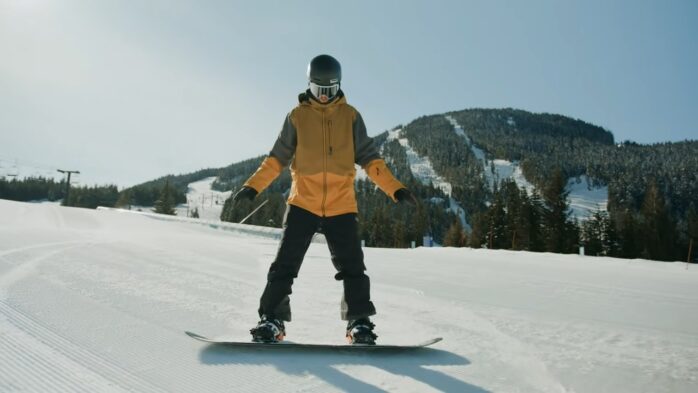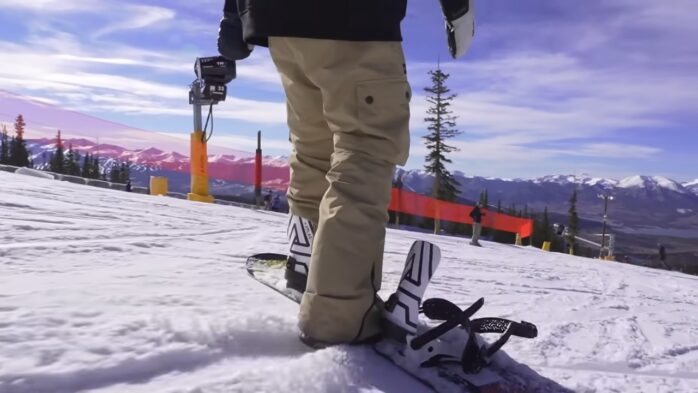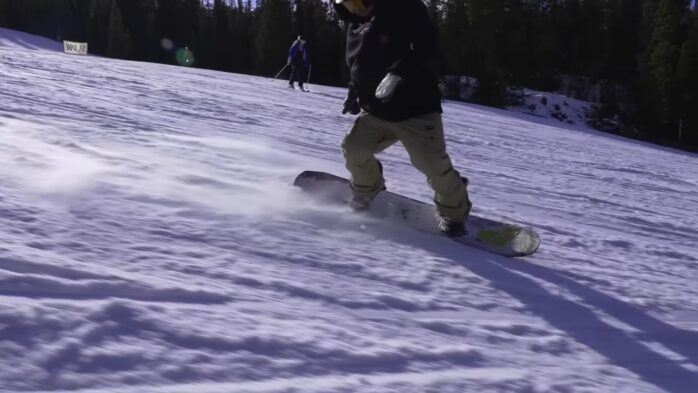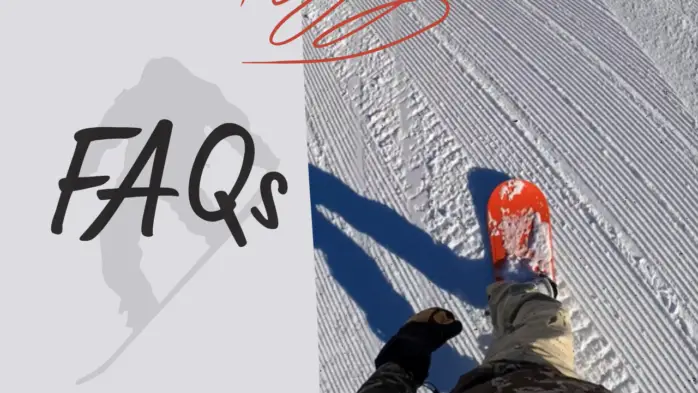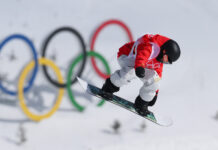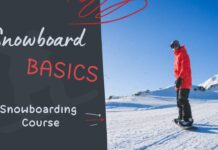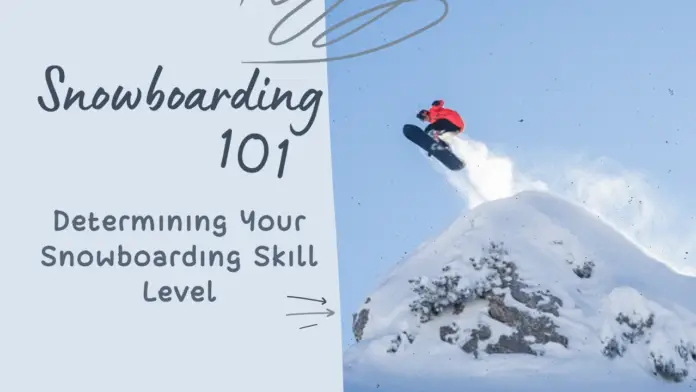
Snowboarding is taking the slopes by storm. With more and more converts in this winter sport, there are now more boarders than skiers, with increased enrollees for snowboarding in various schools around the world.
This exciting sport can be enjoyed by everyone, with varying skill levels and expertise. So you’re not sure what skill level you are? Read on and find out from this guide.
1. The Newbie:
The total beginner to having a few days of riding experience
The newbie is someone who has never boarded before, and is still orienting oneself with the basics. Checking out and learning about the snowboard equipment, discovering how to strap in the board and other basic techniques on how to fall, turn and hop on terrain, get around the slopes, and most importantly, how to stop. Beginners are in the process of learning how to turn on heel edges and toe, but are still trying to gain full control of their board.
2. The Intermediate:
The boarder comfortable with common riding techniques and starting to try tricks
In the intermediate level, boarders are usually trying to focus on their balance, working on this most fundamental skill. The advancing beginner masters straight runs, riding, hopping and turning with balance. Boarders at this level can now gain a bit more confidence as they can take a bit more control of their turns and runs. With their increased riding experience, these snowboarders can already link heel and toe turns during their powder runs, as well as link turns consistently.
3. The Advanced:
The shredder has the ability to ride all pistes and off-slope, with advanced tricks and skills up their sleeves
The advanced level for boarders mean mastery of carved and skidded turns, with confidence in rail riding and trying out terrain park areas. Advanced level snowboarders can now whip out those air 180s and 360s, without any problem. Freestyle tricks come out at this level, after learning the dynamics of coordination, balance and ride switches.
4. The Expert:
A top-level rider that has the knowledge of every trick, skill, and the ability to ride all pistes.
If you’re an expert snowboarder, you know your way around the mountain and can handle any terrain or conditions. You’re comfortable riding in powder, carving turns, and hitting jumps and rails. You’ve got your tricks down and can ride switch with ease. If you’re looking to take your riding to the next level, consider joining a freeride or backcountry group, or entering some competitions.
So at which skill level are you?
FAQs
1. How do I know what level of snowboarder I am?
There are a few key factors that will help you determine your level as a snowboarder. First, consider how often you ride. If you’re just getting started, you’ll be classified as a beginner. Even if you’ve been riding for years, but don’t get out on the slopes very often, you’ll still likely be considered a beginner.
Another important factor is your ability to link turns. Beginners typically cannot link their turns smoothly and often fall when trying to make linked turns. If you can consistently make linked turns while maintaining control over your speed and direction, you’ll be classified as an intermediate snowboarder.
2. How do I know if I’m an intermediate snowboarder?
If you’re wondering whether you’re an intermediate snowboarder, there are a few things to consider. First, have you been snowboarding for at least a season? If so, you’re likely an intermediate. Second, can you comfortably ride on most terrain and handle small jumps? If so, you’re probably an intermediate. Finally, do you feel confident in your abilities and comfortable trying new things? If so, congratulations – you’re an intermediate snowboarder!
3. Can a beginner ride an advanced snowboard?
It is possible for a beginner to ride an advanced snowboard, but it may be more difficult than riding a beginner snowboard. An advanced snowboard is designed for experienced riders who are comfortable with more difficult terrain and tricks. If you are a beginner, you may find it difficult to keep up with experienced riders on an advanced snowboard.
4. How to determine the right skill level for you?
1) Take a lesson from a professional. This is the best way to get an accurate assessment of your abilities. The pro will be able to give you feedback and help you improve.
2) Talk to friends who also snowboard. Get their opinion on your skills and compare yourself to them.
3) Watch others snowboard. This can give you a good idea of where you stand in comparison to other riders.
4) Be honest with yourself. If you’re not sure, it’s probably best to start at a lower skill level and work your way up. There’s no shame in admitting that you’re a beginner – we all have to start somewhere
Conclusion
Determining your snowboarding skill level is important for choosing the right equipment and terrain. By following the tips in this article, you will be able to figure out where you fit on the spectrum from beginner to expert. Whether you are just starting out or have been hitting the slopes for years, always remember to stay safe and have fun!

